JACK THE RIPPER
For the past hundred or so years, much of the world has been obsessed with the identity of Jack the Ripper. As a child, I lived in the area where The Ripper once walked. Now, if that doesn’t send shivers down your spine nothing will! grandmother, always dramatic, believed that she actually saw Jack skulking around a corner one dark night. She certainly could have taken some memorable photos at a photo booth for hire in London where, of course, a dramatic element is always appreciated. I remember her showing me the church railings where she said he mounted the severed heads of his victims. This is the kind of stuff Hollywood loves! However much that I was told and much that appears in books, films and television programmes are untruths. The only thing actually known about Jack is that no one really knew who he was. For those who are not too familiar with Jack, he was accused of a number of brutal murders, from five to eleven women, over a three-year period in the Whitechapel area of the East End of London.
Whitechapel got its name from the colour of the second church of St. Mary Matfelon originally built as a church for the inhabitants of the area in 1329. By the late 16th Century, once London began to spread eastwards, the hamlets and villages close by were swallowed up into the City while remaining outside its jurisdiction. As a result, the area attracted smelly activities – such as breweries, tanneries, foundries and slaughterhouses – each unwanted in the City itself. It was here that the present Whitechapel Bell Foundry was built in 1670 and where the Liberty Bell, Big Ben and the bells of Washington Cathedral were eventually struck.
Top: Whitechapel High Street, 1905; Bottom Left: St. Mary Metfelon, 1940;
Bottom Right: the only remains of the church today
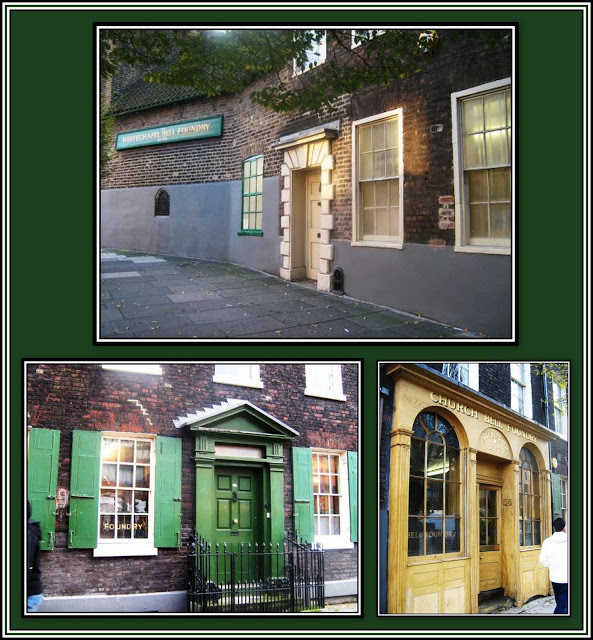 Whitechapel Bell Foundry: Founded 1670 and still producing bells today
Whitechapel Bell Foundry: Founded 1670 and still producing bells today
By the late nineteenth century, Whitechapel was well known as a notorious area. Being close to the docks, it had a high transient population and was to new and poor immigrants. The area was severely overcrowded with robbery, violence and alcohol dependency commonplace. Poverty and desperation drove many women to prostitution and the police estimated some 1,200 prostitutes and 62 brothels populated the area at this time. Such conditions led to social unrest and demonstrations, which further fed into society’s perception that the area was both dangerous and immoral and which seemed even more justified once eleven brutal murders of women took place between April 1888 and February 1891, which collectively became known as the Whitechapel Murders.
A: The London Hospital; B: St. Mary Metfelon; C: Later, site of Gardner’s Corner; D: Aldgate;
E: Sir John Cass Foundation School; F: Liverpool Street Station
Emma Elizabeth Smith was attacked on Osbourne Street on 3 April, 1888 and died on the following day at the London Hospital; Martha Tabram was killed on 7 August, 1888 at George Yard; these two murders are not thought to be committed by Jack the Ripper, but were linked to the other murders by the Press.
Despite popular belief, just five of these murders were actually credited to the serial killer, popularly known as Jack the Ripper. The victims, referred to as the canonical five, were Mary Ann Nichols (murdered on 31 August, 1888; site of murder was Buck’s Row), Annie Chapman (8 September, 1888; site of murder was Hanbury Street), Elizabeth Stride (30 September, 1888; site of murder was Berner Street), Catherine Eddowes (30 September, 1888; site of murder was Mitre Square) and Mary Jane Kelly (9 November, 1888; site of murder was Dorset Street).
Why were only five murders attributed to Jack? Historically, the belief that these five crimes were committed by the same man derives from contemporary documents that link them together to the exclusion of others. The circumstances and manner of murder of these five women share certain common features: they each occurred at night, close to a weekend and included mutilations and organ removal, which became increasingly severe as the series proceeded. One murder, that of Elizabeth Stride, seemed to be interrupted since cuts and mutilation were minimal.
Four further murders occurred after the canonical five, but the details were such that the police felt that the perpetrator(s) was different. It is assumed that the crimes of Jack ended because of either the culprit’s death, imprisonment, institution-alization, or emigration.
In 1891, a woman was found strangled in New York City together with some evidence of mutilation and removal of an ovary. Some believed this murder was the work of The Ripper, but any connection was soon ruled out by the London Metropolitan Police.
It is of interest to note that police procedure has not changed significantly since Victorian times including much that forms the basis of today’s CSI and Law & Order (also famous for its doink doink or chung chung sound!).
Law & Order and CSI over the years
Police files demonstrate that a large team of policemen conducted house-to-house inquiries throughout Whitechapel. Forensic material was collected and examined and suspects were identified, traced and either scrutinized further or eliminated from the inquiry. Apparently over 2000 people were interviewed, more than 300 people were investigated and 80 people helped their police with further inquiries.
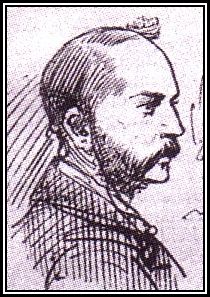 Frederick George Abberline, Inspector
Frederick George Abberline, Inspector
Although the investigation of the murders involved a number of top-notch inspectors from Scotland Yard, the public grew dissatisfied with their abilities. To help determine the identity of The Ripper, the police indulged in what came to be known as criminal profiling (so it was here that this began!). Despite all efforts, The Ripper continued to elude capture. This led to the formation of a group of volunteer citizens from the area called the Whitechapel Vigilance Committee, whose members patrolled the streets. Their job was to seek out suspicious characters and to hire private detectives to question them. The Committee also petitioned the government to raise a reward for information about the killer.
Apparently everyone at that time had something to say on the identity of The Ripper. Even Queen Victoria put her two cents in on this matter and she, amongst others, was apparently overheard to say that the pattern of the murders suggested that The Ripper was a butcher or cattle drover on one of the cattle boats that traveled between the Port of London and Europe. Since Whitechapel is close to the docks, and since the murders occurred during weekends when the boats were docked and the seamen were most likely sampling the forms of fun and frivolity available to them in the area, caused Scotland Yard to investigate the arrival and departure of such boats. Unfortunately for the police and the populace, these investigations proved fruitless. Others considered as possible culprits included butchers, slaughterers, surgeons and physicians – in other words, anyone that could manipulate a knife.
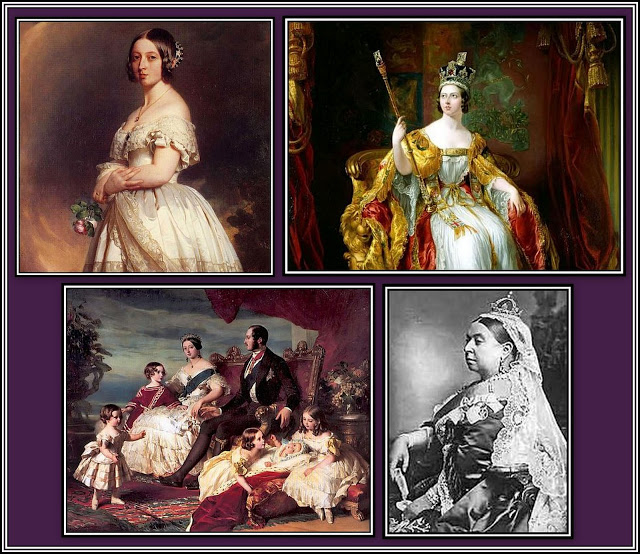 Queen Victoria through the years: young princess; monarch; wife & mother; Empress of India
Queen Victoria through the years: young princess; monarch; wife & mother; Empress of India
Various letters, postcards and a piece of an apron have formed the foundation for investigations, but none led to a plausible suspect being found.
Despite the intensive investigations undertaken, no culprit has been identified as Jack the Ripper. However, the investigations still continue. Since the last murder, there has been no shortage of theories, opinions and suggestions. Many books, articles, plays, films and radio and television programmes have appeared, each with its own ideas and theories.
Jack the Ripper is a star of stage, screen & television and the subject of numerous books
Jack the Ripper and the Whitechapel Murders helped change the world of its day. Although Jack was not the first serial killer, his case was the first to cause a worldwide feeding, or should I say reading frenzy, and helped begin the public’s insatiable appetite to know more about the lives of celebrities. This was inadvertently fueled by the tax reforms of the mid-Victorian era, which enabled the publication of cheap newspapers that quickly gained huge circulations. The more sensationally minded journalists salivated at the thought of the Jack the Ripper Case and wrote copy that was readily devoured by an interested public. This style of reporting has prospered and now encompasses more information than one wishes to know about the private lives of various members of the Royal Family, film stars and a whole slew of others with questionable talent. Jack is also responsible for the practice of the popular press of giving a nickname to serial killers. Unhappily others have followed Jack: The Boston Strangler, The Yorkshire Ripper, Son of Sam, and so on.
From Left to Right: Bluebeard (& his wife), Albert de Salvo (The Boston Strangler),
David R. Berkowitz (Son of Sam) & Peter Sutcliffe (The Yorkshire Ripper)
I have recently learned that a new suspect has come to light as to the identity of Jack. There was a presentation including a play and a talk on the evening of August 31, 2012 at St. John’s Church, Bethnal Green in London. The date was chosen to coincide with the hundredth anniversary of the murder of the first of The Ripper’s victims, Mary Ann Nichols. The evening was given in aid of the Stairway to Heaven Memorial Trust, which is the charity dedicated to raising subscriptions to build a permanent remembrance of the 173 men, women and children crushed to death at Bethnal Green Underground Station in 1943.
I suspect that over the next hundred years, we will continue to hear of new and interesting facts about tragic events including the sinking of the Titanic and on theories as to the identity of Jack the Ripper. These two subjects have staying power and will continue to appeal to us, and why not? Both are tragedies, but where there is tragedy, there is often romance and fear. Despite the glamour of the first-class passengers on the Titanic and the dulcet lilting melody brought to us by Celine Dion, there is more than the hint of fear in the telling. Imagine shivering in the cold and murky ice-cold waters of the Northern Atlantic before being dragged aboard a lifeboat and meeting Molly Brown. Characters like Dracula and Jack have been portrayed as tortured handsome fellows with an irresistible charm. How many women can honestly admit to not feeling an attraction to a man that is dangerous? And which of us does not like to be scared, albeit a little, as long as it occurs in the safety of our own when all doors and windows are firmly bolted?!
——oooOOOooo——
For readers wishing to read more about Jack the Ripper, the following links have been collected:
- CASEBOOK: JACK THE RIPPER
- METROPOLITAN POLICE SERVICE – HISTORY: THE ENDURING MYSTERY OF JACK THE RIPPER
- BBC HISTORIC FIGURES: JACK THE RIPPER
- DAILY TELEGRAPH: JACK THE RIPPER’S IDENTITY FINALLY UNCOVERED?
- LONDON WALKS: JACK THE RIPPER WALK
——oooOOOooo——
Click here to return to the TABLE OF CONTENTS
——oooOOOooo——

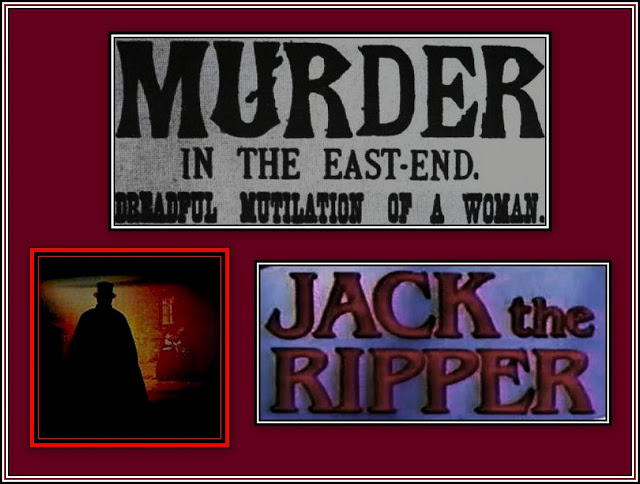
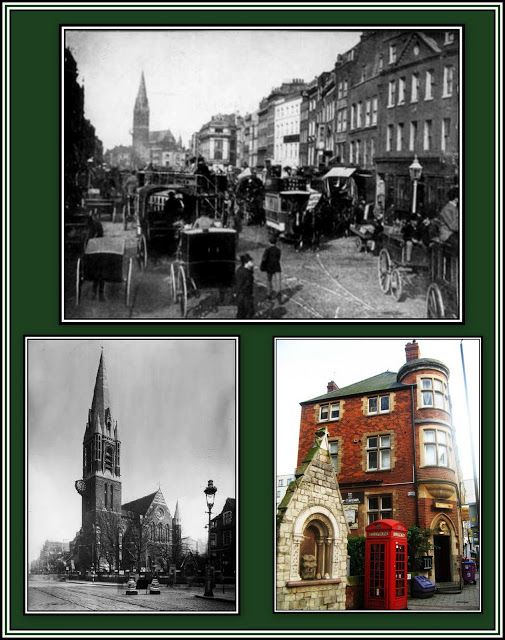
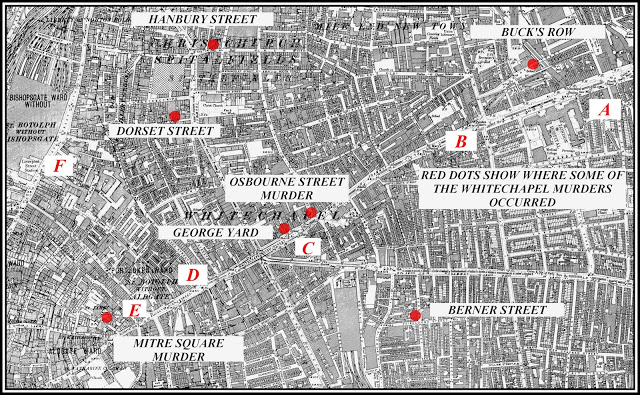
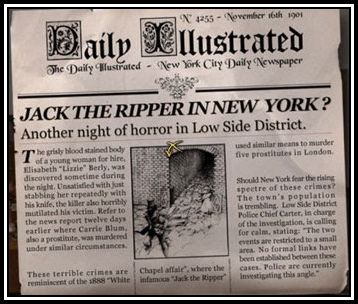

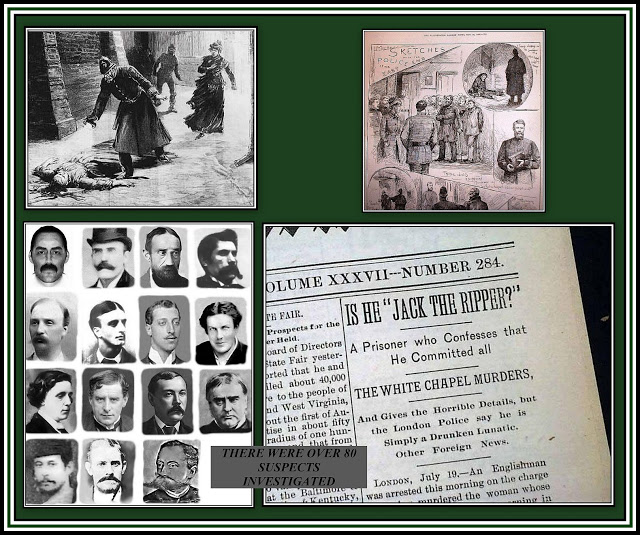
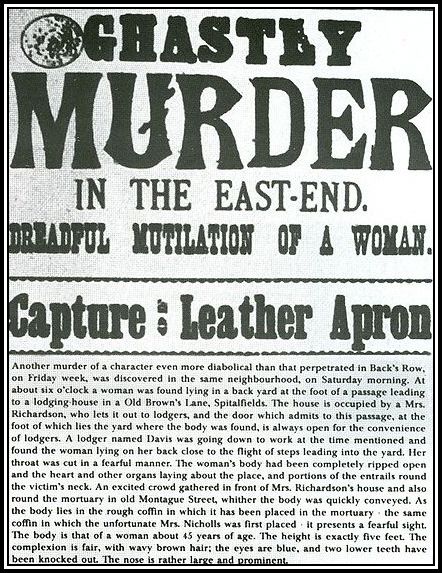
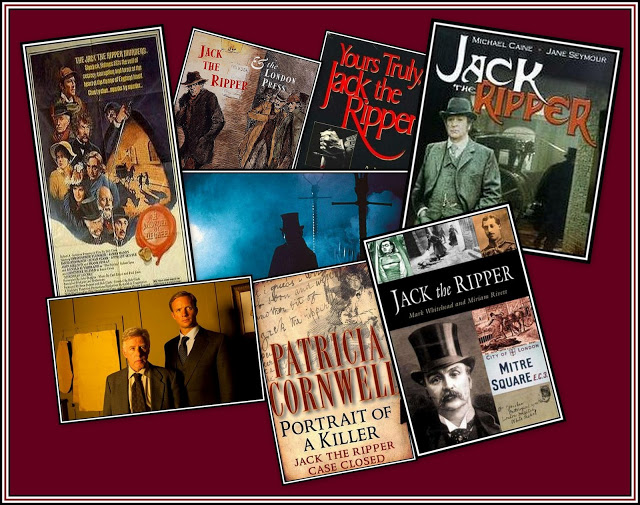
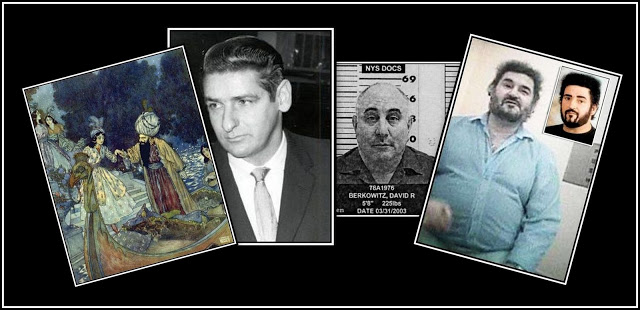
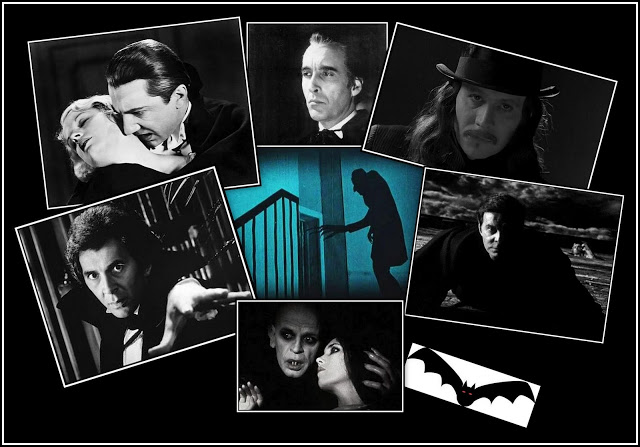
Born of British pioneers in Moose Jaw, Saskatchewan. Always fascinated with all things Devon, Kent, Yorkshire, Lancashire and especially London. I used to fly regularly, mainly in November, to London and enjoyed every minute. My travelling days are over but the internet allows me to visit every day.
Thank you for your comment – it is most appreciated. Charles
Chas….fyi, we have a website devoted to studying the Whitechapel Murders…which you may not know of.
Give us a peek at http://www.jtrforums.com
P.S. Nice page, amigo !
Charles mon ami, this comment does not belong here but for practical reasons, i will transgress your absolutely rivetting tales of Jack, my wife and I did the walk, pity your website was not running at the time, to continue your comments about souff end, what about the Kursaal, as a child I found it irresistable and the go karts down by the pier, i would walk from Chalkwell where one had the punch and judy man on the beach, the song bella marguerita still lingers in my memory, though i never wandered into the town i enjoyed Souff end and would catch the train back to Laindon, I confess your tales have taken over my computer such is the interest, regards